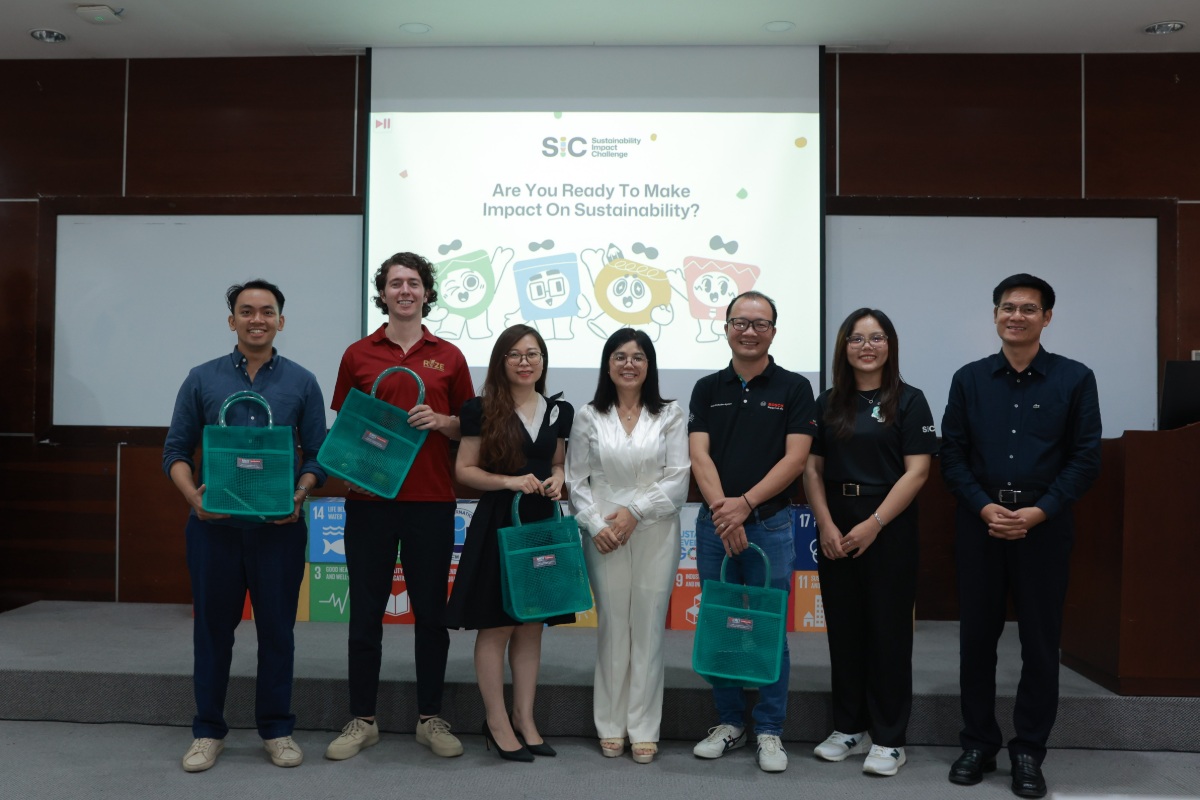“The availability of new, low-cost fashion lines every two to three weeks has created a consumer appetite for impulse buying and a desire to keep pace with continually changing fashion brands. As a result, consumers dispose of their clothing more frequently.”
Dr George used the UK as an example, where currently approximately 140 million pounds of clothing is sent to landfill every year; a trend that will continue to increase in the coming years.
“Significant consequences of such landfill waste include the release of the greenhouse gas methane, chemical leaching into the soil, health issues and air pollution.”
As the fourth largest global exporter of fashion and textiles, Vietnam is facing similar issues in managing the waste generated during garment manufacturing (pre‐consumer waste) and end‐of‐life clothing (post‐consumer waste).
Dr George believed that the project could help the Vietnam Government to reduce the environmental stress from tons of post-consumer fashion and textile waste.
“We are expecting to process 4,000 to 5,000 kilograms of textile waste over the duration of this project, with an average of around 380 kilograms per month,” he said.
“It has the potential to scale rapidly, as industry partners gain first-hand experience of how alternative uses of waste products can lead to new products and additional profit.
“Disposing of waste in a more sustainable way can be cheap and profitable.”
While looking for a potential partner to pilot the project, Dr George optimistically said that the success of this program may set a good example for sustainable fashion and textile waste management across Vietnam.
“Using industrial and consumer waste as a raw material to produce new products will help the industry, and also alleviate the environmental pollution while providing additional revenue streams,” he said. “This is where the sustainability of this project truly lies.
“Once the technology for mass production is successfully demonstrated, it is likely that local companies will further advance the technology through investment in the development of sustainable business methods.
“And if we show manufacturing companies that sustainable methods of reuse can develop additional revenue instead of costing them money, a supply chain is likely to establish, and additional investment will flow through.”






